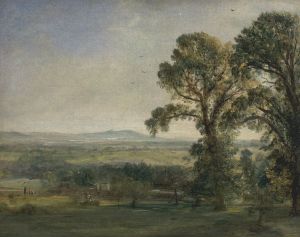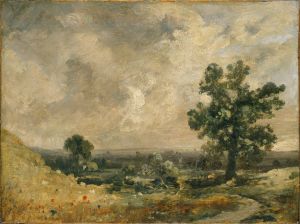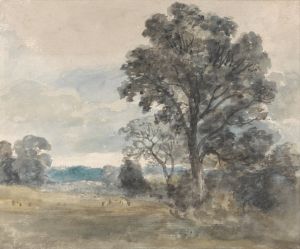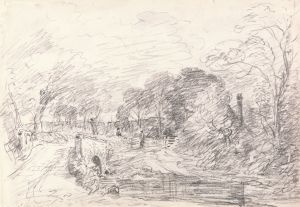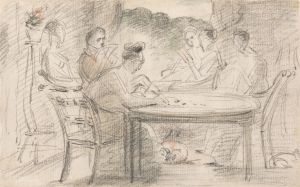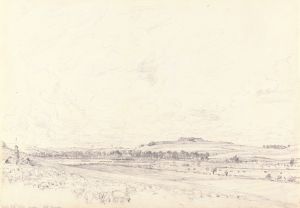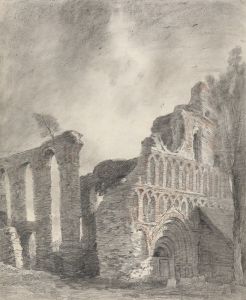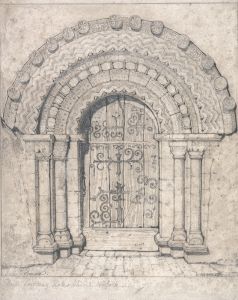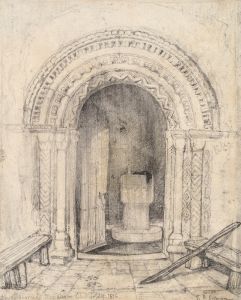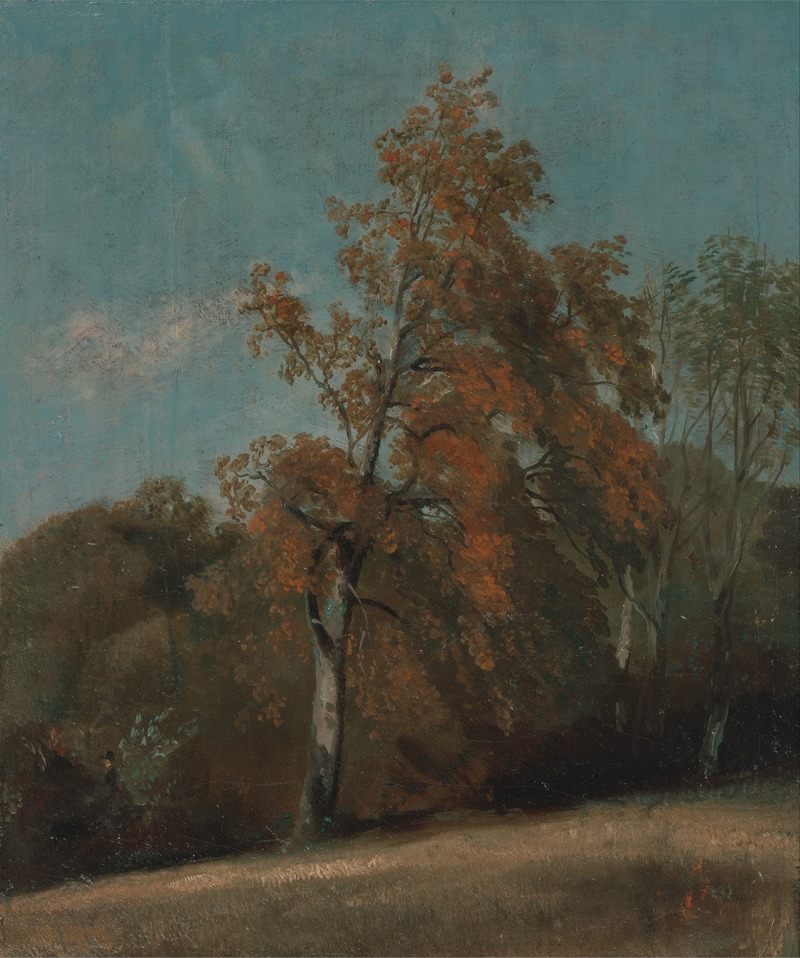
Study of an Ash Tree
A hand-painted replica of John Constable’s masterpiece Study of an Ash Tree, meticulously crafted by professional artists to capture the true essence of the original. Each piece is created with museum-quality canvas and rare mineral pigments, carefully painted by experienced artists with delicate brushstrokes and rich, layered colors to perfectly recreate the texture of the original artwork. Unlike machine-printed reproductions, this hand-painted version brings the painting to life, infused with the artist’s emotions and skill in every stroke. Whether for personal collection or home decoration, it instantly elevates the artistic atmosphere of any space.
"Study of an Ash Tree" is a drawing by the renowned English Romantic painter John Constable, who is celebrated for his landscape paintings that depict the English countryside. Constable's works are characterized by their attention to natural detail and atmospheric effects, and he is often credited with transforming the genre of landscape painting in the 19th century.
John Constable was born on June 11, 1776, in East Bergholt, Suffolk, England. He was the son of a wealthy corn merchant and mill owner, which allowed him the financial freedom to pursue his passion for art. Constable is best known for his depictions of the area surrounding his home, known as "Constable Country," which includes the River Stour and the Dedham Vale.
"Study of an Ash Tree" is a testament to Constable's dedication to capturing the natural world with precision and sensitivity. Although specific details about the creation of this particular drawing are limited, it is known that Constable often created studies of trees and other natural elements as part of his artistic process. These studies were typically executed in pencil or ink and served as preparatory works for his larger oil paintings.
Constable's approach to studying trees was meticulous. He believed that understanding the structure and form of trees was essential to accurately depicting them in his landscape compositions. His studies often focused on the intricate details of the tree's branches, leaves, and bark, reflecting his commitment to realism and his deep appreciation for nature.
The ash tree, a common species in the English countryside, would have been a familiar subject for Constable. His study likely captures the tree's distinctive features, such as its compound leaves and smooth bark, with careful attention to light and shadow. This focus on naturalism and detail is a hallmark of Constable's work and contributed to his reputation as a master of landscape art.
Constable's studies, including "Study of an Ash Tree," were not merely exercises in observation but were integral to his artistic philosophy. He believed that by closely studying nature, he could convey its beauty and complexity in his finished paintings. This approach set him apart from many of his contemporaries and influenced future generations of landscape artists.
Throughout his career, Constable's work was met with varying degrees of success. While he struggled to gain recognition in England during his lifetime, he found greater appreciation in France, where his work was admired by artists such as Eugène Delacroix. Today, Constable is celebrated as one of the greatest landscape painters of the 19th century, and his studies, including "Study of an Ash Tree," continue to be valued for their insight into his artistic process and his profound connection to the natural world.
In summary, "Study of an Ash Tree" exemplifies John Constable's dedication to capturing the essence of the English landscape through detailed observation and study. While specific information about this drawing is limited, it remains an important part of Constable's body of work, reflecting his commitment to realism and his enduring influence on the art of landscape painting.







